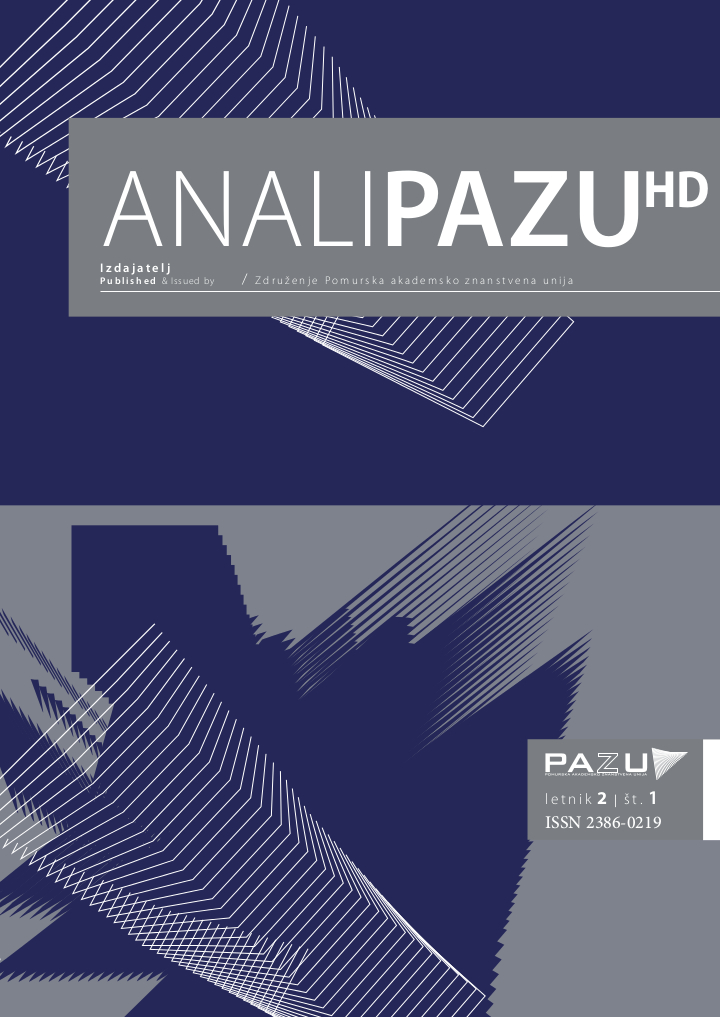Porabski Prekmurci in meje Prekmurja
Povzetek
Trianonska pogodba je leta 1920 mejo med novoustanovljeno Kraljevino Srbov, Hrvatov in Slovencev in Madžarsko postavila na netipično, nizko razvodje med Rabo in Veliko Krko ter tako oddelila devet naselij sklenjenega prekmursko govorečega območja ob Rabi od preostanka Prekmurja. Pogodba ni prepričljivo utemeljila izbora takšne razmejitve, ki danes predstavlja mejo med Slovenijo in Madžarsko. Severno od te meje je v času po razmejitvi na strnjenem ozemlju prebivalo kakih 7.000 prebivalcev, ki so v vsakodnevni govorici uporabljali porabsko oz. severnogoričko prekmursko narečje. Poslej se je število govorcev porabskega narečja prekmurščine v Porabju sistematično zmanjševalo, kar potrjuje tudi zadnji madžarski popis prebivalstva iz leta 2011, ki jih je naštel okrog 1000. Pri tem ostaja število samoopredeljenih kot Slovenci v zadnjem desetletju stabilno in znatno višje od samega števila govorcev. Na zmanjševanje rabe porabske prekmurščine in slovenščine niso vplivali le spremenjeni družbeni odnosi z omejenimi možnostmi gospodarske aktivnosti, temveč predvsem izseljevanje, nizka rodnost, in depopulacija.
